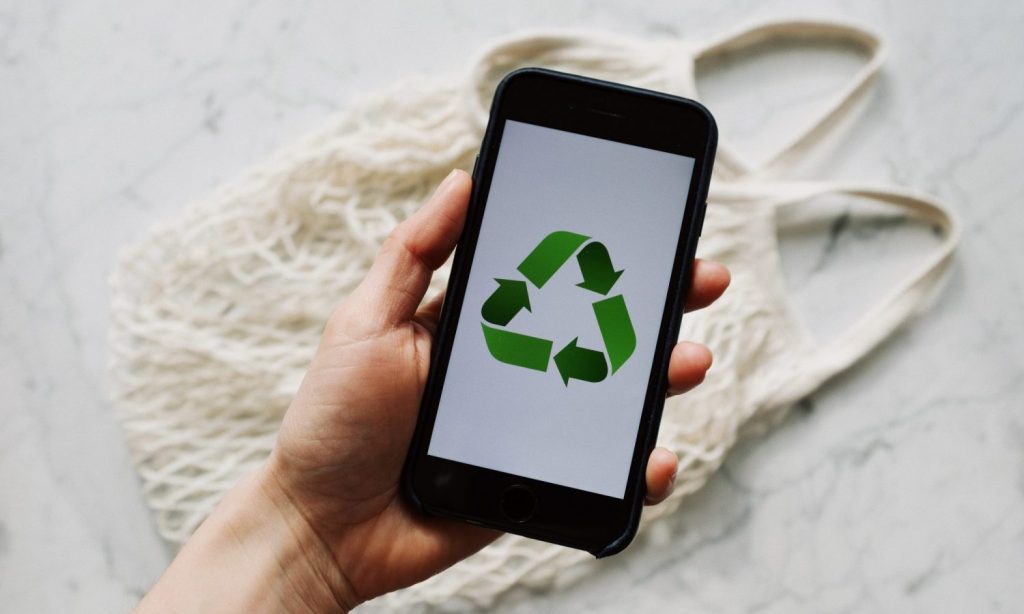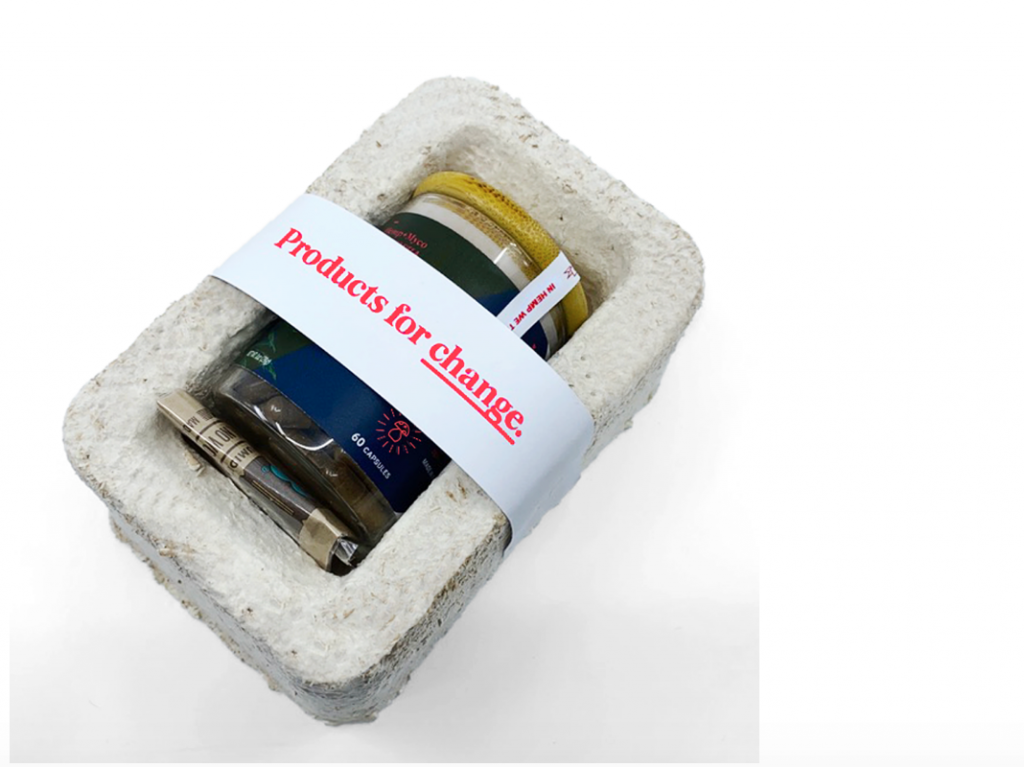
4 ways cannabis is becoming a greener industry
An industry that revolves around growing plants appears to be “green”, but growing and distributing cannabis is energy and resource intensive. Cultivators typically use hundreds of plastic tubs and fiberglass containers to grow these plants and must use a lot of water and electricity to keep a farm going. Legal cannabis production in the US uses enough electricity annually To supply 92,500 households with electricity for one yearand that number will only increase as the industry expands.
According to the Southwest Energy Efficiency Project (SWEEP) indoor growers use ten times more energy per square foot than a typical office building. The nature of cannabis growing is complex and, for the most part, incredibly wasteful, but ironically, between growing regulations and child-resistant packaging, cannabis companies have relatively limited options for “going green”.
To really make a difference, we need to start restructuring various policies. Nonprofits in the cannabis space and agriculture are keeping an eye on this problem and looking for solutions. The Institute for Resource Innovation (RII) is a non-profit organization that aims to promote resource efficiency to promote a better agricultural future. Yesterday RII had its’Priming cannabis energy and environmental policyFor decision makers and regulators at the federal, state and local levelsProvision of detailed information and instructions on operational issues in the field of energy and the environment. This is to help policymakers who want to consider how plant waste can be processed through methods such as composting or reducing the impact on landfills.
Just as the regulations for a List 1 substance change, the cannabis industry today is also focused on introducing and developing new methods and technologies in order to have a positive impact on the future of the industry.
Use sustainable cultivation methods
Growing cannabis can have a number of environmental impacts, from air quality to land use to light pollution and more. Light shadowA vertically integrated chain of pharmacies in Colorado reduced their cultivation water usage by 1.2 million gallons this year by introducing a water recirculation system. This system recycles and treats captured irrigation water from the facilities, increasing water use efficiency and reducing the burden on the municipal water system. Nick Drury and Dan Banks, Lightshade Directors of Cultivation Operations, have made sustainability a mission in Lightshade’s cultivation.
RELATED: Cannabis Companies Begin To Promote Sustainability
Last week Lightshade began working with Cascade Energy and Resource Innovations to identify better energy management practices at Lightshade’s five indoor and greenhouse cultivation facilities. By running the Xcel Energy’s strategic energy management programLightshade hopes to gain valuable insights into how cannabis growing facilities use energy and how energy use practices can be improved. This is the first program to really shed light on where grow facilities can reduce waste, so businesses can cut energy costs or increase energy efficiency.
Energy is generally the highest controllable cost for indoor growers. Growing cannabis indoors uses significant amounts of energy, which is primarily powered by intense garden lighting, heating, ventilation, air conditioning, and dehumidification systems. One technology that several cultivators rely on is the move to LED lighting. Not only can these solutions improve THC levels and yields, but they can also help save 37% in lighting energy consumption and total energy savings of 25%, as recently reportedSacramento Municipal Utility District Study on LED Technology.
RELATED: Earth Day Marijuana: How To Be Green With Your Weed
Some establishments rely on new LED light innovations to save energy, while others use Full Spectrum Light, a combination of sun and HPS light. Lost coast, a new cannabis flower label in Colorado, is using this combination because they believe it allows the plant to grow vigorously and fully express itself. Using the sun together with HPS lights also reduces the energy consumption of the cultivation. Lost Coast uses clean growing processes that use native microorganisms to produce fertile soils with high performance. No chemical fertilizers that kill microorganisms that can destroy long-term sustainability potential, or pesticides that can penetrate the soil and contaminate soil, water and other vegetation. Instead, they use handmade, natural plant inputs, using living soil in a natural microbiological ecosystem.
Photo by Remedy Pics via Unsplash
By avoiding pesticides completely and making the effort to bring a living ecosystem into your garden, Mother Nature can work its magic and effectively strengthen all stages of plant growth. This means a couple of different things. Not only is the process more sustainable, but it also ends up requiring a little less maintenance on the cultivator, and relying more on nature to run its course. So what’s the point of buying flowers grown this way? Terpene profiles, flavors, aromas and most importantly, a higher quality, clean and enjoyable smoking experience.
Hire suppliers of sustainable materials
In addition to toilet paper and paper towels, isopropyl alcohol also flew off shelves during the pandemic. ISO is often used to kill germs on your glass pipe or bowl after a stranger takes a puff. This makes it an essential part of any group smoking session with friends. Even before rubbing in alcohol was out of the question for everyday use, Moose laboratories introduced an anti-germ solution called MouthPeace. The MouthPeace is a doctor-assisted device for a safer, cleaner smoking experience. Made of high quality platinum cured silicone, the MouthPeace forms a hygienic barrier between users’ mouths and their pipes, connections or vapors to prevent the spread of germs at the source.
RELATED: States Push Cannabis Operations To Be Greener
Although MouthPeaces are essentially face masks for your bong or joint, they are far from becoming the next PPE for floating masks in the ocean. The MouthPeace itself is reusable, eliminating the need to rub alcohol and cotton swabs between users. It is also made of silicone, a material that is probably better for the environment than plastic. Silicone is a hybrid materialThis means that both natural resources and fossil fuels are required for production. Silicone is slightly better than plastic, especially if the product in question is going to be used over and over, as it is also a more durable material that can withstand extreme temperatures. Silicone can also be recycled, it doesn’t break into small pieces, making it ocean-friendly, and it doesn’t release any toxins into the air when burned.
Every MouthPeace comes with exchangeable activated carbon filters that use a three-layer filtration to remove resins and tar particles from every inhalation. The replaceable filters are also sustainable and made from recycled, biodegradable materials.
In honor of Earth Day from April 22nd to May 22nd, Moose Labs is donating 10% of the proceeds from the ‘Earth’ colored MouthPeace to the Earth Island Institute, a non-profit conservation group. This marks the beginning of the company’s “Colors for a Cause” initiative, in which part of the income from certain MouthPeaces is used for a certain charitable organization.
Test and implement environmentally friendly packaging
For some brands, sustainability isn’t just about what you do to make a particular product environmentally friendly, it’s also about the packaging. Consumer packaging is an important way to create waste, which takes many forms in cannabis, through child-resistant packaging, single-use vape batteries, plastic doob tubes, security bags, RFID tags, etc. Most of this packaging is required to meet certain requirements. However, there are ways to make sustainable choices by carefully choosing packaging materials and exploring options for reuse or recycling.
The rules vary by market, but several Colorado pharmacies can even bring your empty plastic bottles back so they can be reused and / or properly recycled. If this is not an option for you, the next time you shop for cannabis at the pharmacy, look for products that come in packaging made of glass, hemp plastic, or recycled plastic.

While there may be a lack of sustainable options due to strict regulations on THC products, hemp companies have a little more leeway. Cannabis Lawyers (AFC), a full-spectrum hemp products company, is experimenting with packaging made from hemp mushrooms. AFC creates “products for change” made from organically grown, non-genetically modified and pesticide-free hemp. The company prides itself on its exceptional ground-to-oil quality control and works with industry-leading growers, scientists and extractors to create Current Good Manufacturing Practices (cGMP) products. The women-owned company launched AFC Hemp + Myco-Immunity Capsules in March, which come in high quality reusable jars. In contrast to cardboard or plastic, the “Keep Jar” is protected by biodegradable mushroom packaging material and hemp fibers.
“Our uniquely tactile unboxing experience brings consumers closer to nature so that not only can they benefit from consuming these superfoods in a familiar capsule format, but they can also touch mushroom packaging, feel the hemp fiber and then reuse the handy jar to minimize waste. It’s all part of the idea of a “new” luxury – a product that makes sustainability sexy, ”said Anna Addison, CEO and co-founder of AFC
Earth day, every day
During this Earth Day, the industry’s shared focus on increasing the production of herbal medicines and food crops can be realized while reducing our carbon footprint and our environmental impact. At this point, every small step is important, as long as it is a step in the right direction.


Post a comment: